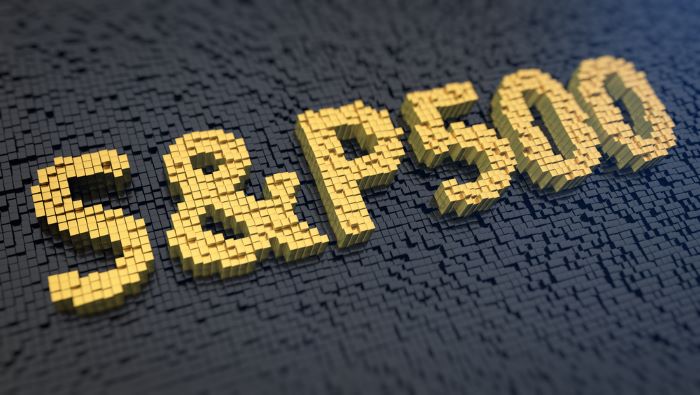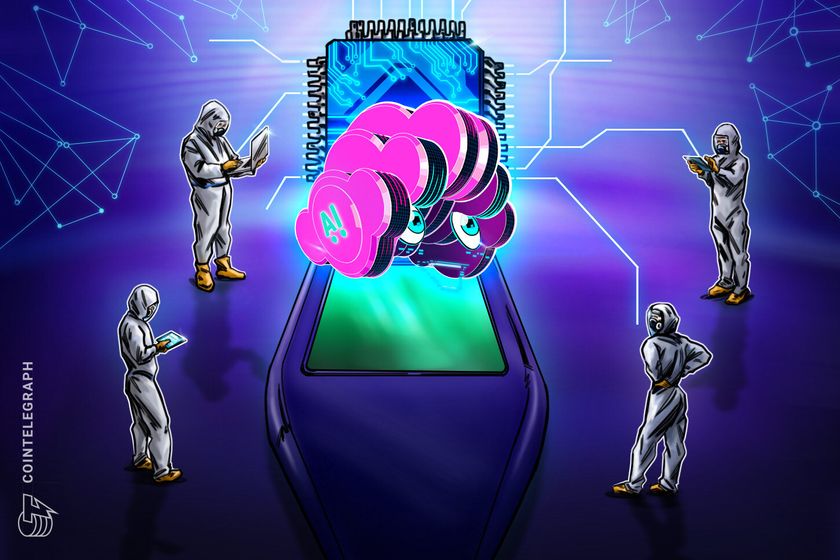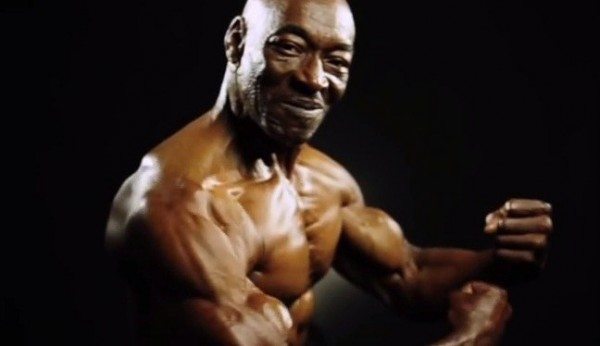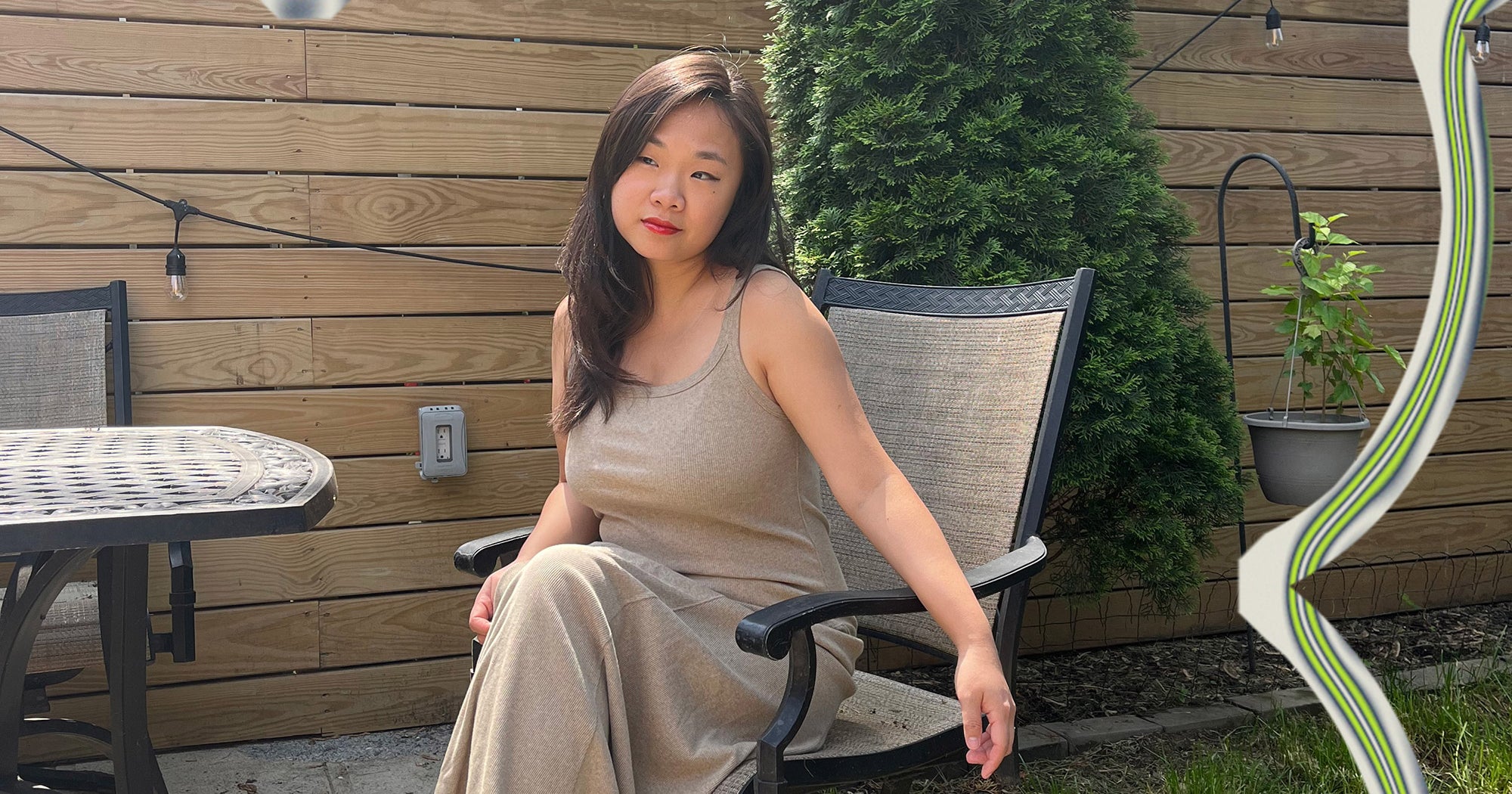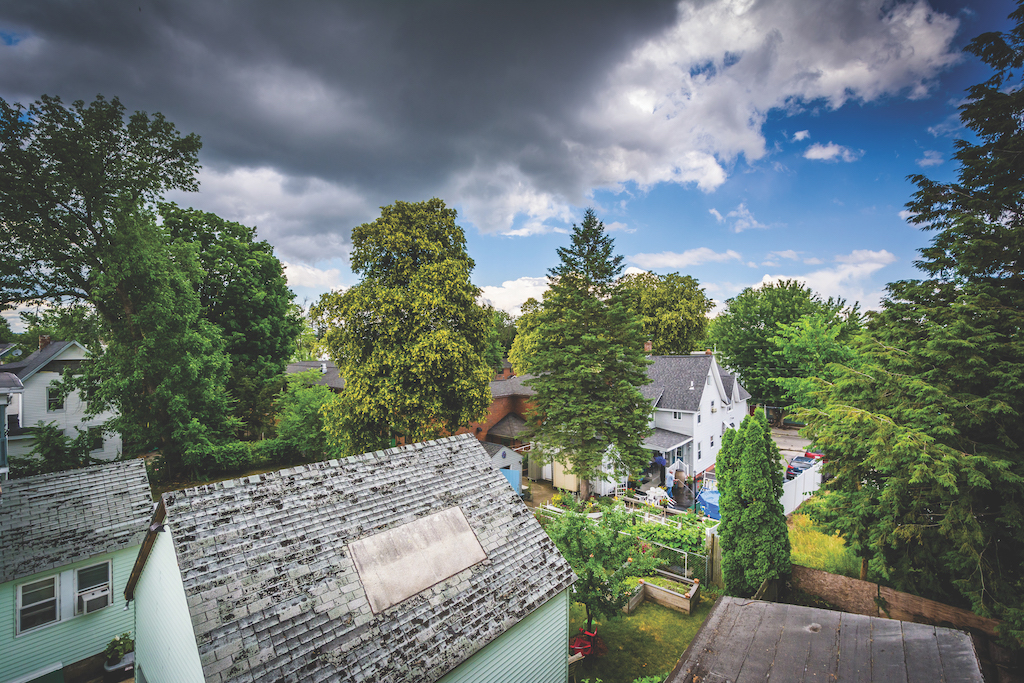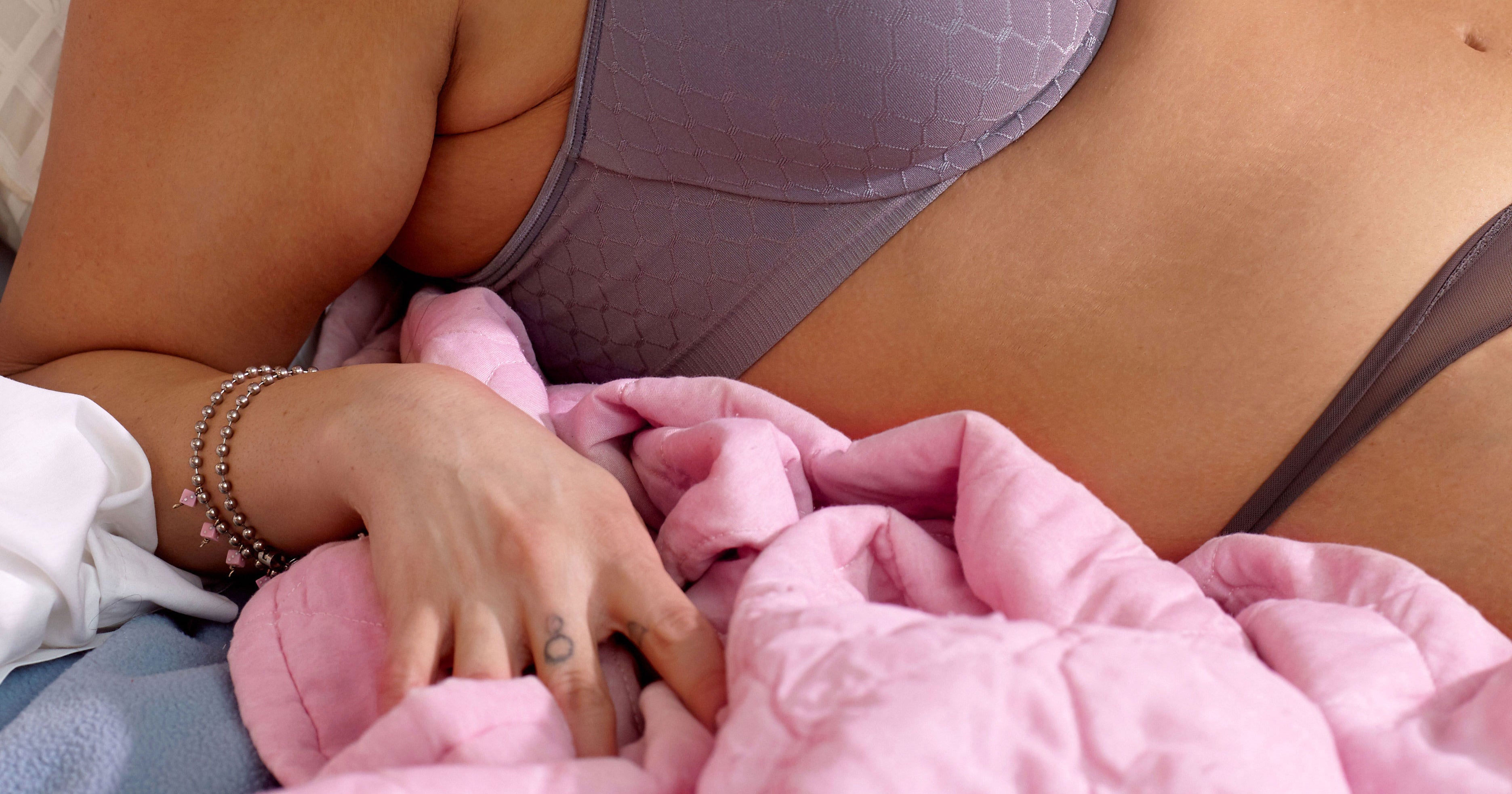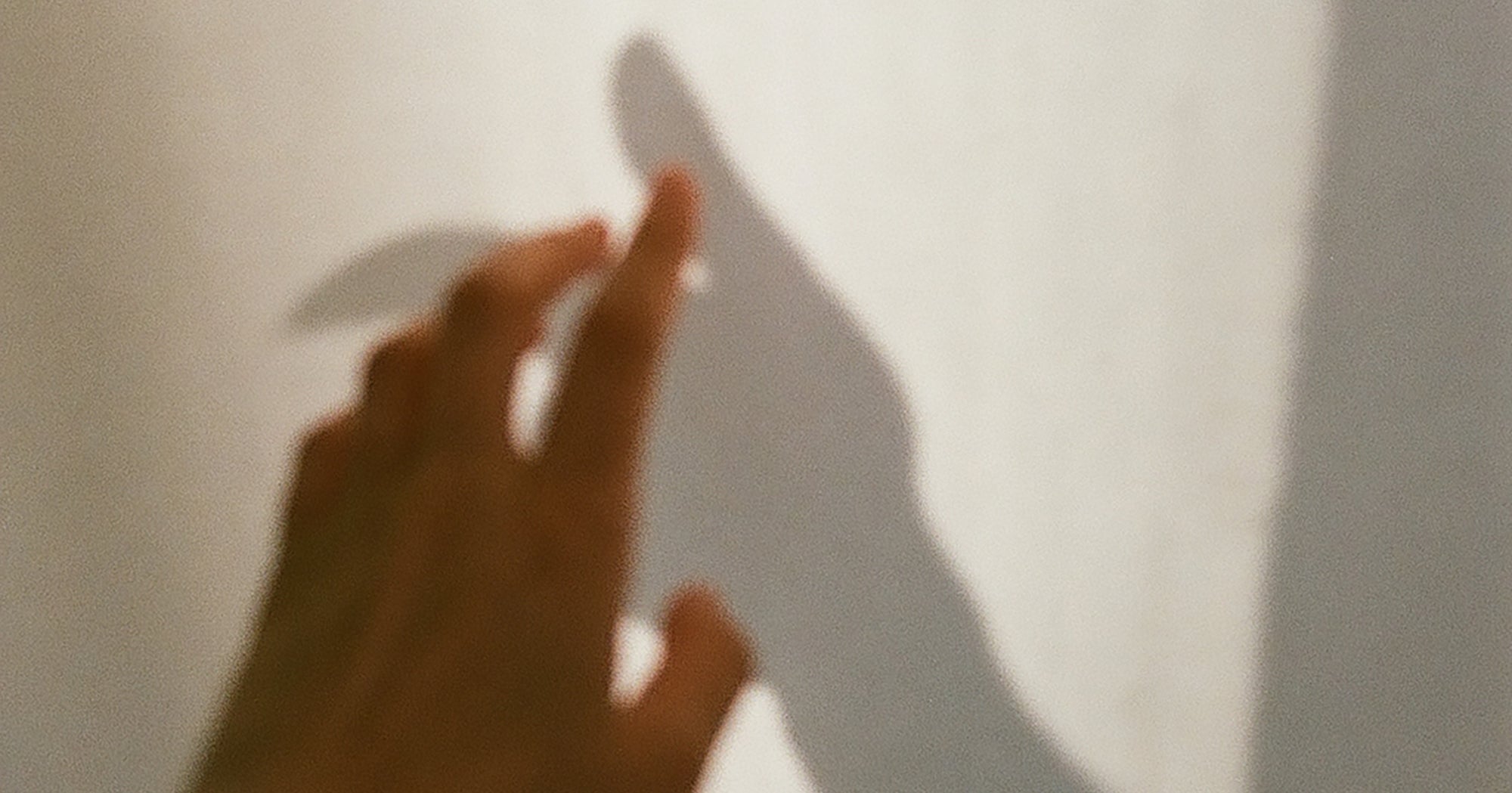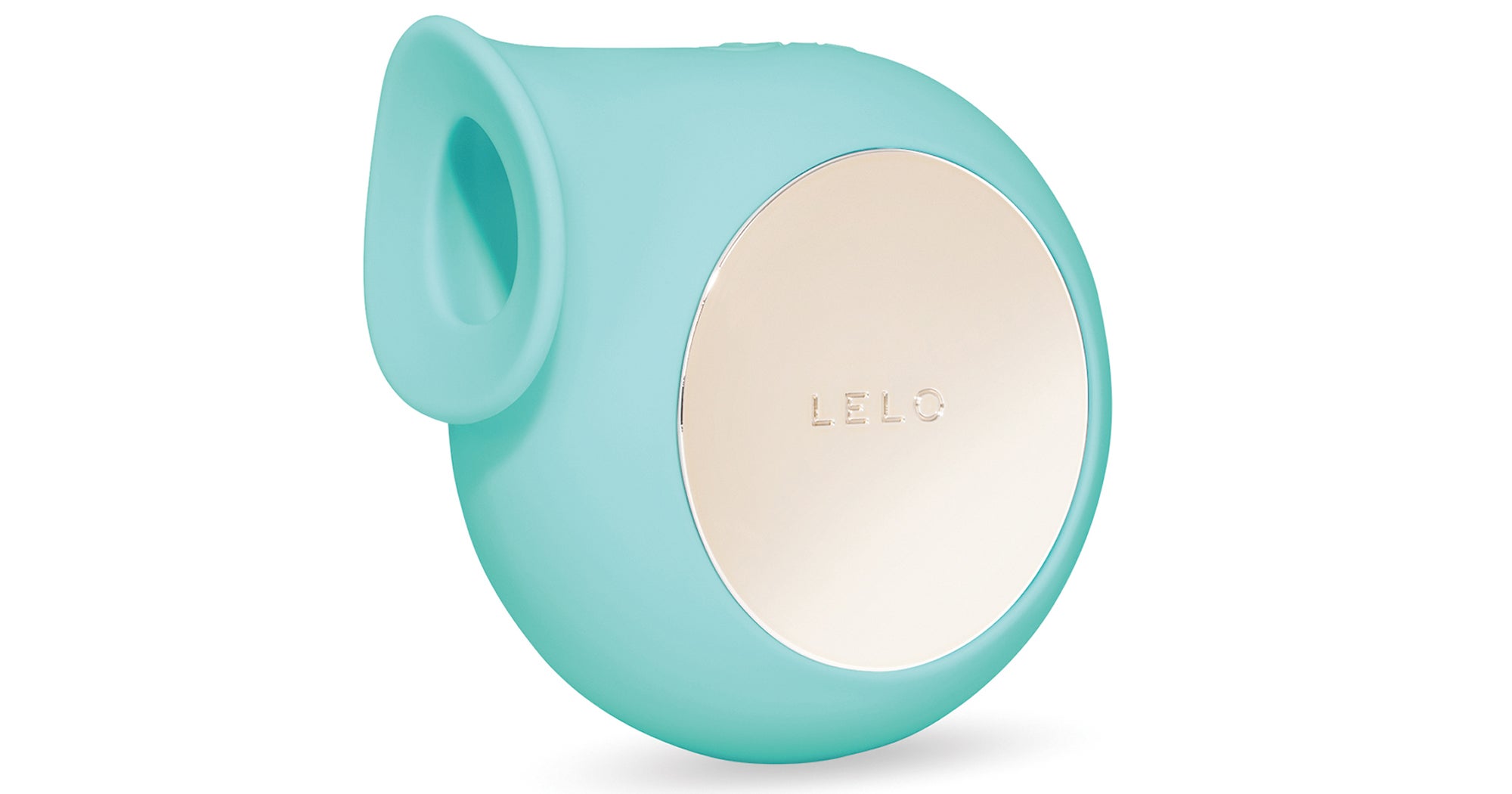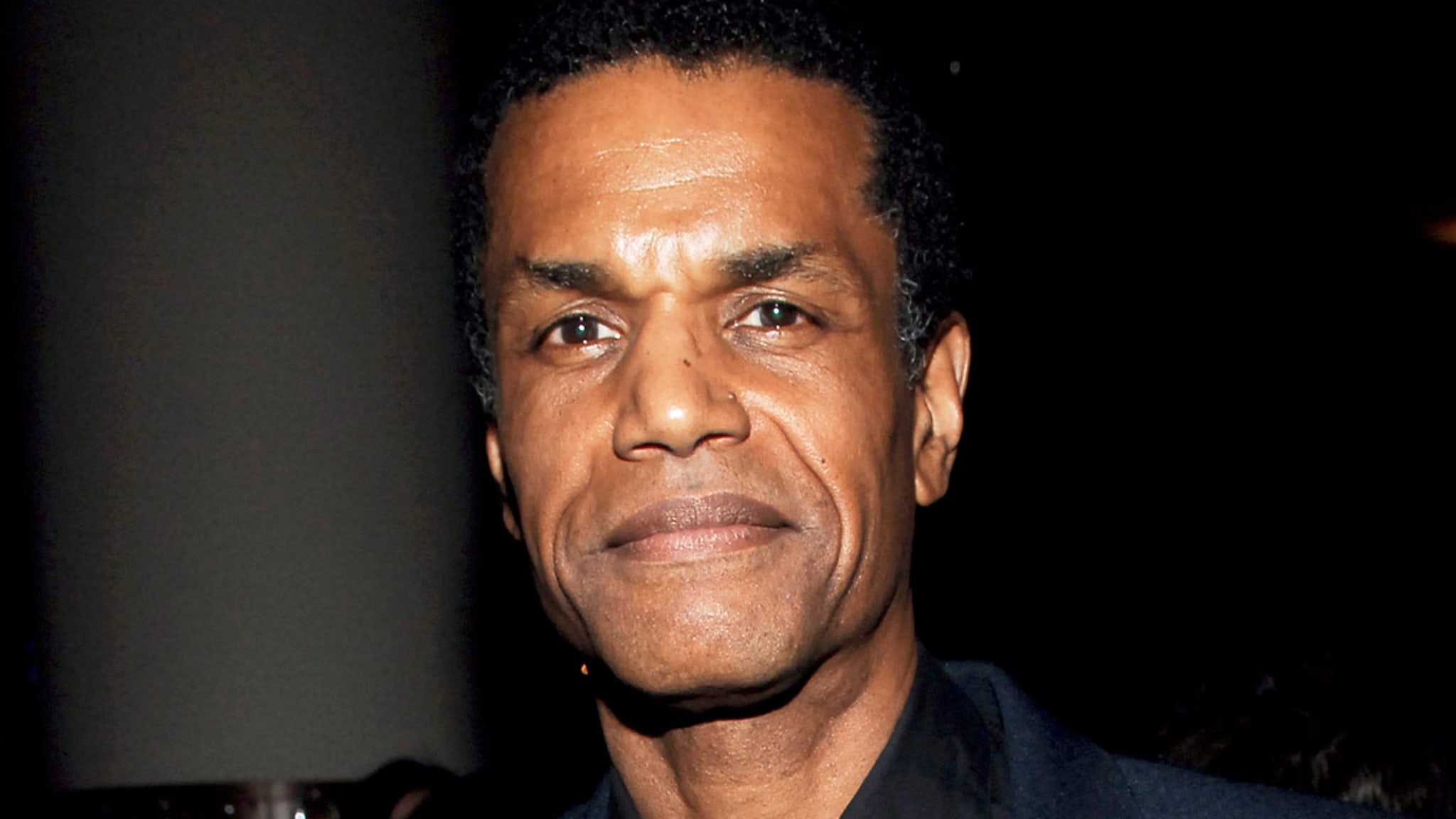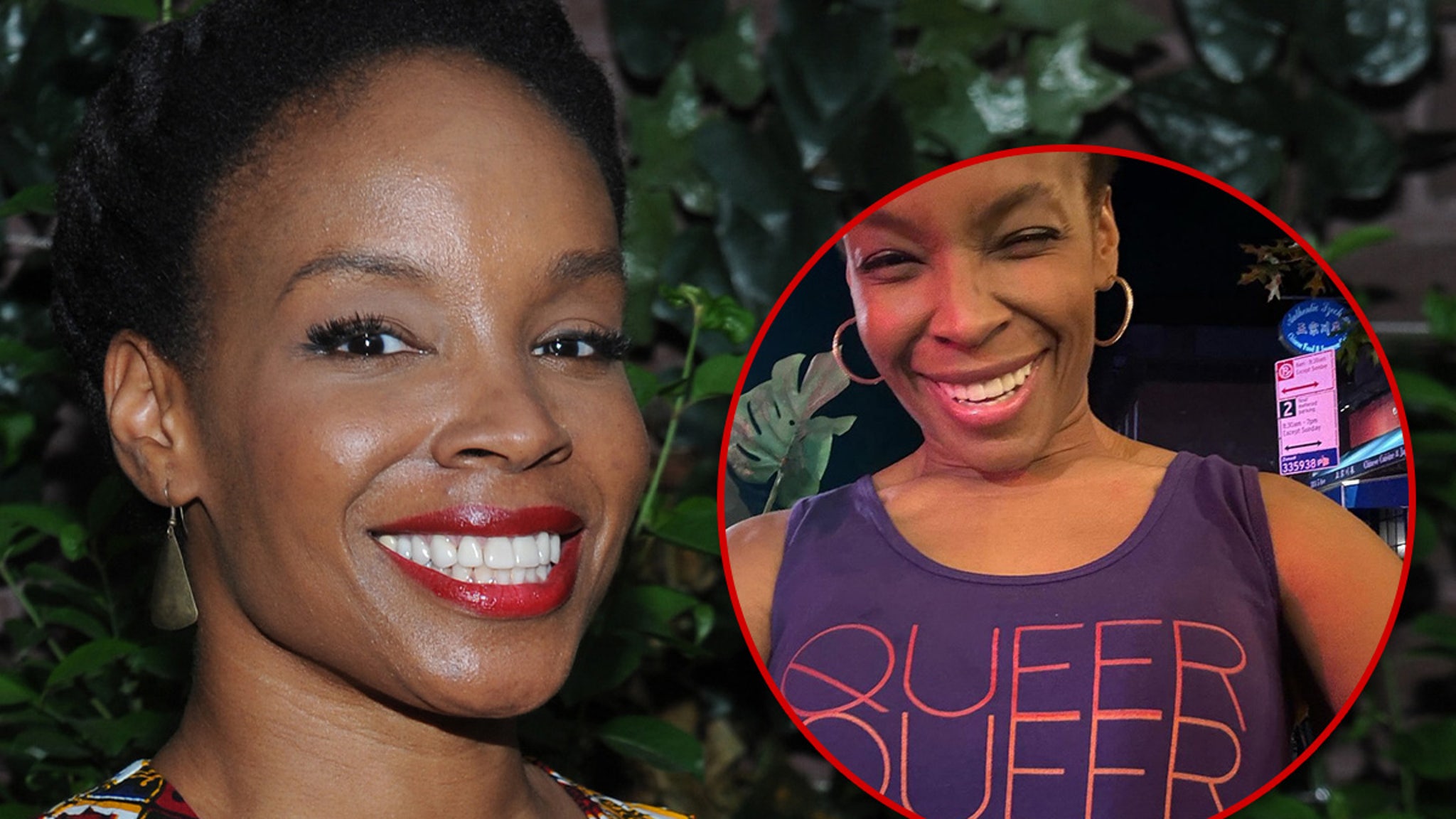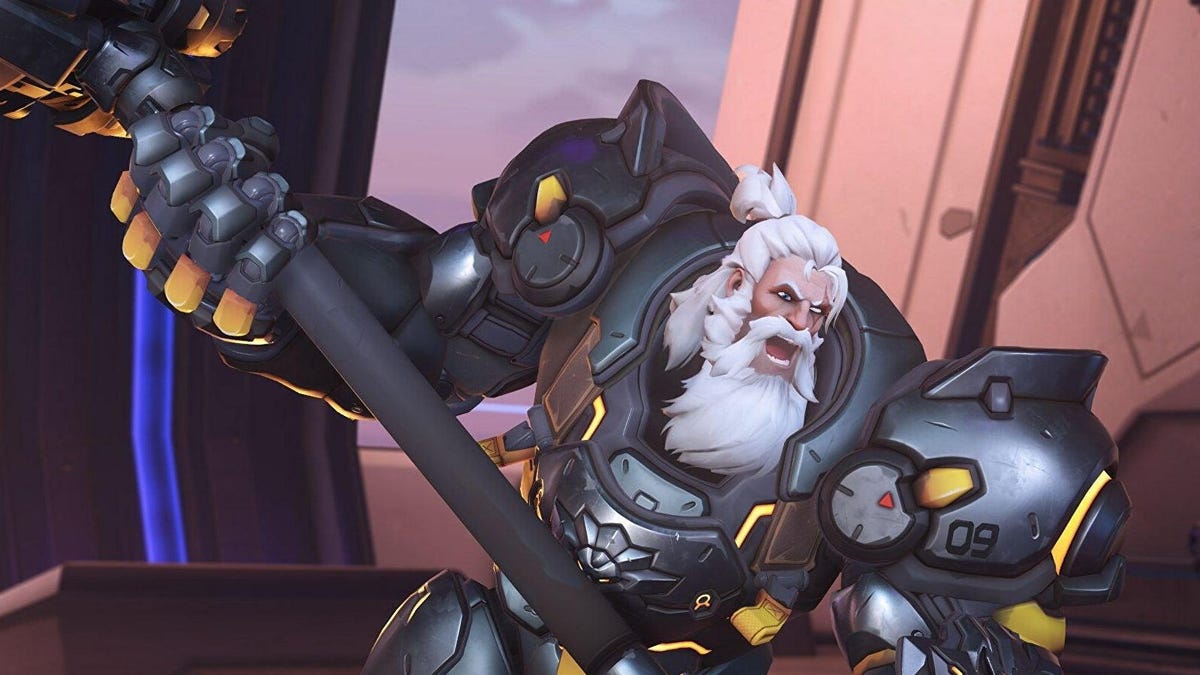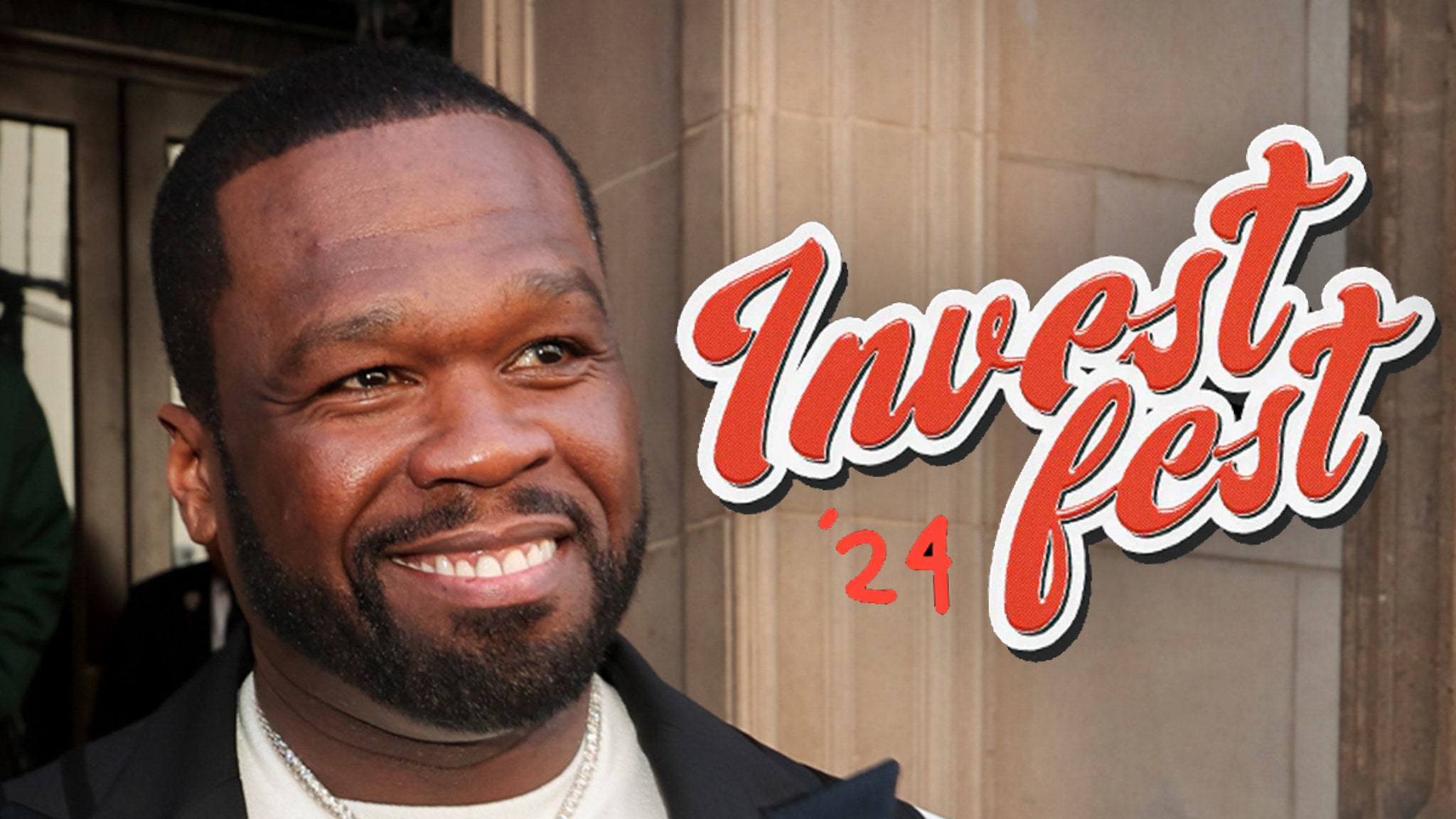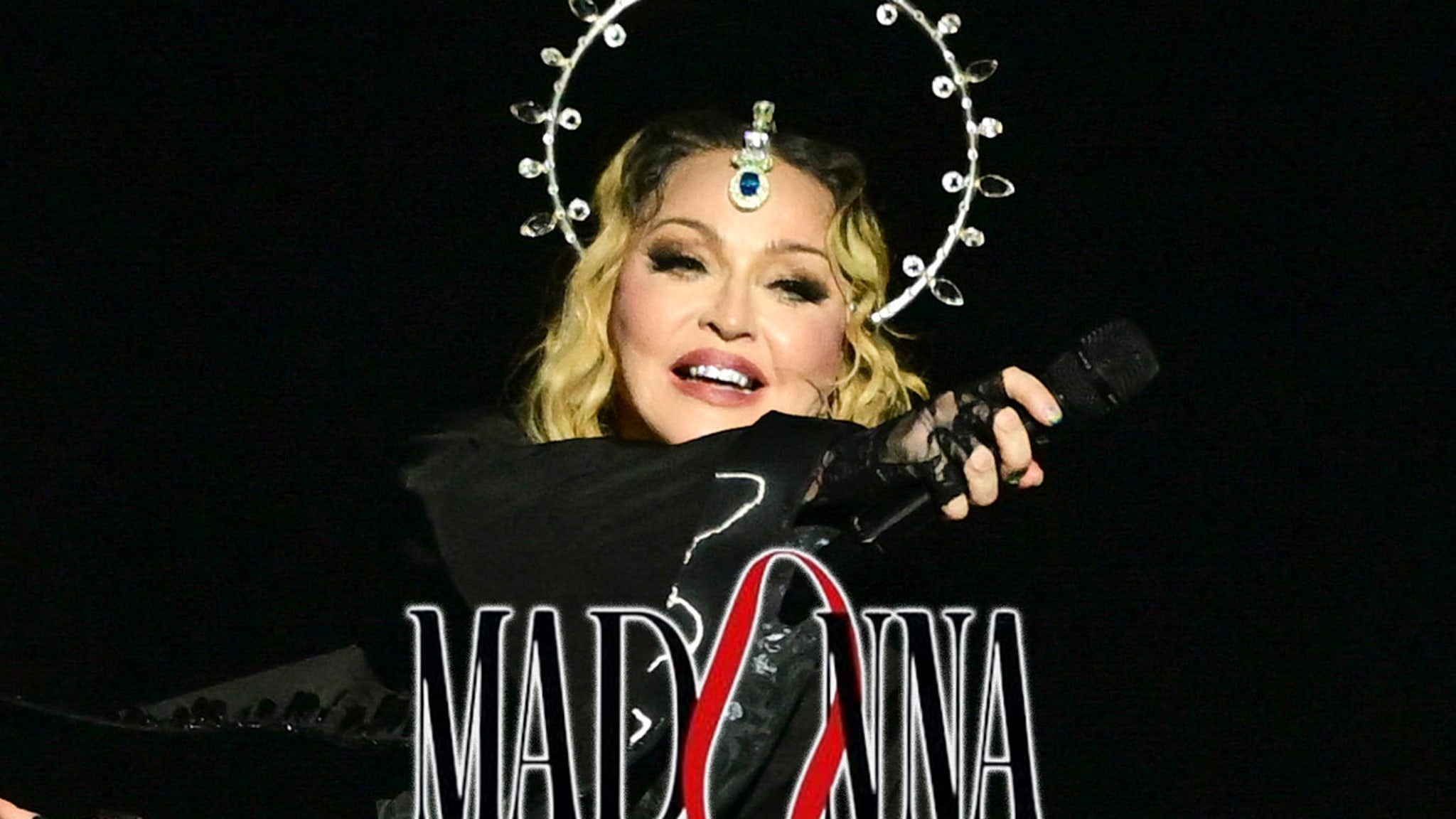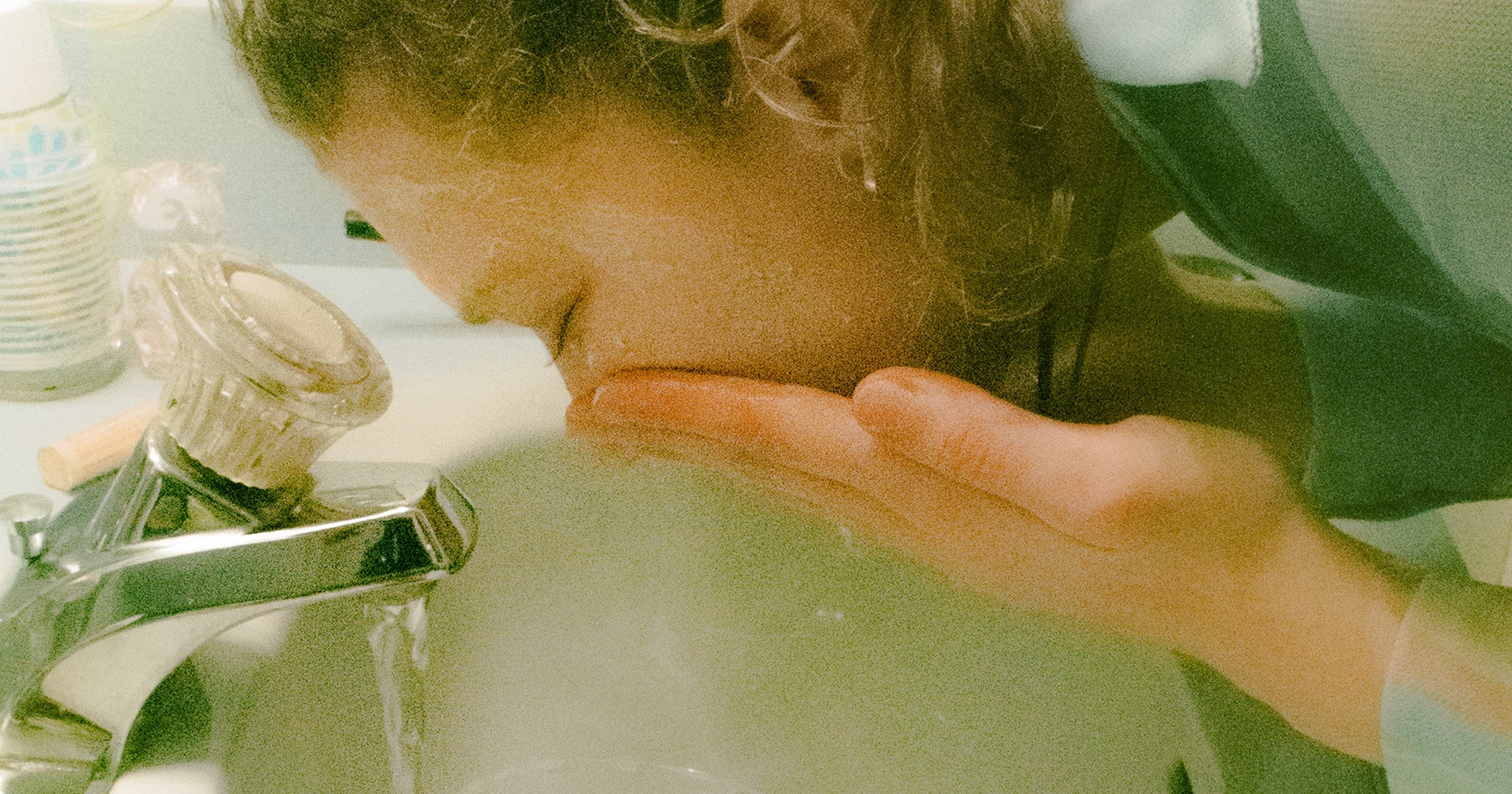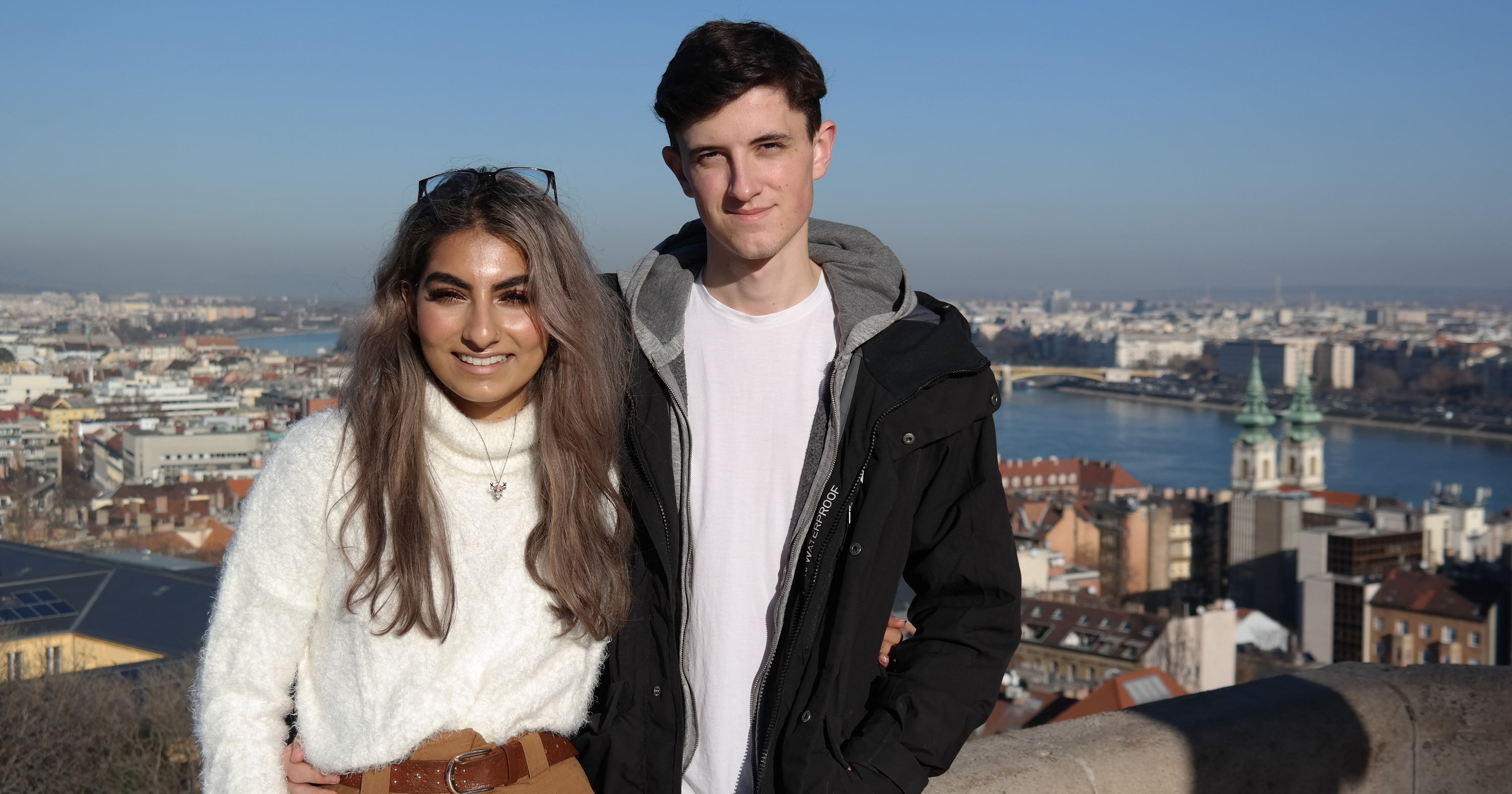'I Am: Celine Dion' Offers Hope, But Doesn’t Avoid the Ugly Truth of Stiff Person Syndrome
Much has already been written about the final 15 minutes of I Am: Celine Dion, an equal parts gorgeous and grueling account of how a rare neurological disease known as Stiff Person Syndrome has shaken one of pop music's longest-standing pillars. And it's Dion’s unfailing resistance to a diagnosis that many would rightfully accept lying down that'll likely linger the longest. She will not be toppled. Even still, I Am: Celine Dion (premiering on Prime Video today) is one of the most gut-wrenching watches you'll encounter this year—and probably for many years to come. Those final fifteen minutes begin with Dion experiencing a series of frustrating fits of stops and starts in her makeshift studio in 2022. She's recording "Love Again," the title track of a 2023 romcom of the same name and, for a while, struggles to get a take she's proud of. (Earlier in the film, she tells the camera she used to record three songs in a single night.) Over and over again, she croons: "Summer rain, day by day/sadness fades, the wound is healing." Finally, she gets it right. As her producers play the recording back to her, she listens intently, eyes closed, with a small smile. But then, the spasms—one of many devastating side effects of the disorder—start. When the film premiered in New York City at Alice Tully Hall last week, about 1,000 people (Gayle King, Laverne Cox, Kelly Clarkson, and myself included) went from loudly celebrating her pitch-perfect take to silently staring in abject horror as those spasms became a potentially life-threatening seizure. In an instant, an innocuous foot cramp becomes a terrifying—ultimately paralyzing—attack on her entire body. As Dion is moved to lay flat on a massage table, only whimpers and an occasional twitch of her finger signify to her medical team that she's still in there somewhere. Her face is frozen in agony during the entire scene. It's the film's final reminder to the audience—especially those unfamiliar with the disorder—that any freedom Dion might feel is now fleeting. Even in the most triumphant of moments, she's captive to her disease. When she's eventually stabilized, her doctor suggest she was overstimulated from the playback, which likely caused the seizure. An earned high, cruelly followed by an expeditious low. "If I can't get stimulated by what I love, and then I'm gonna go on onstage and like, you're gonna put the pulse oximeter on me and you're gonna turn me on my back?" she asks her doctor. Her desperation to return to performing live—even seconds after an episode as traumatizing as that one—is frankly, devastating. And yet, this seems a fitting question to pose in the film's conclusion: When a body is actively rejecting the one thing it most wants to do, can even the most indomitable of wills win? Only time will tell. Regardless, Dion and her team are clearly committed to her recovery and return to the stage. The film chronicles other frustrating fits of stops and starts, too. Finding a way to sing despite the disorder is one thing, but living with it—more generally speaking—is another entirely. Audiences see her revisit her memories on stage, retreat further into seclusion—her closest companions being her three sons and her staff—and reel over the loss of a life she loved. Alongside brief shots of some of her most memorable performances—made all the more stark by her more recent reality (a largely empty, expansive home)—are Max Richter's sorrowful strings. Dion isn't just inviting her audience in. She's sitting us down and telling it to us straight: This is tough, and I am doing my best.…
Much has already been written about the final 15 minutes of I Am: Celine Dion, an equal parts gorgeous and grueling account of how a rare neurological disease known as Stiff Person Syndrome has shaken one of pop music's longest-standing pillars. And it's Dion’s unfailing resistance to a diagnosis that many would rightfully accept lying down that'll likely linger the longest. She will not be toppled. Even still, I Am: Celine Dion (premiering on Prime Video today) is one of the most gut-wrenching watches you'll encounter this year—and probably for many years to come. Those final fifteen minutes begin with Dion experiencing a series of frustrating fits of stops and starts in her makeshift studio in 2022. She's recording "Love Again," the title track of a 2023 romcom of the same name and, for a while, struggles to get a take she's proud of. (Earlier in the film, she tells the camera she used to record three songs in a single night.) Over and over again, she croons: "Summer rain, day by day/sadness fades, the wound is healing." Finally, she gets it right. As her producers play the recording back to her, she listens intently, eyes closed, with a small smile. But then, the spasms—one of many devastating side effects of the disorder—start. When the film premiered in New York City at Alice Tully Hall last week, about 1,000 people (Gayle King, Laverne Cox, Kelly Clarkson, and myself included) went from loudly celebrating her pitch-perfect take to silently staring in abject horror as those spasms became a potentially life-threatening seizure. In an instant, an innocuous foot cramp becomes a terrifying—ultimately paralyzing—attack on her entire body. As Dion is moved to lay flat on a massage table, only whimpers and an occasional twitch of her finger signify to her medical team that she's still in there somewhere. Her face is frozen in agony during the entire scene. It's the film's final reminder to the audience—especially those unfamiliar with the disorder—that any freedom Dion might feel is now fleeting. Even in the most triumphant of moments, she's captive to her disease. When she's eventually stabilized, her doctor suggest she was overstimulated from the playback, which likely caused the seizure. An earned high, cruelly followed by an expeditious low. "If I can't get stimulated by what I love, and then I'm gonna go on onstage and like, you're gonna put the pulse oximeter on me and you're gonna turn me on my back?" she asks her doctor. Her desperation to return to performing live—even seconds after an episode as traumatizing as that one—is frankly, devastating. And yet, this seems a fitting question to pose in the film's conclusion: When a body is actively rejecting the one thing it most wants to do, can even the most indomitable of wills win? Only time will tell. Regardless, Dion and her team are clearly committed to her recovery and return to the stage. The film chronicles other frustrating fits of stops and starts, too. Finding a way to sing despite the disorder is one thing, but living with it—more generally speaking—is another entirely. Audiences see her revisit her memories on stage, retreat further into seclusion—her closest companions being her three sons and her staff—and reel over the loss of a life she loved. Alongside brief shots of some of her most memorable performances—made all the more stark by her more recent reality (a largely empty, expansive home)—are Max Richter's sorrowful strings. Dion isn't just inviting her audience in. She's sitting us down and telling it to us straight: This is tough, and I am doing my best.…
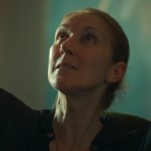












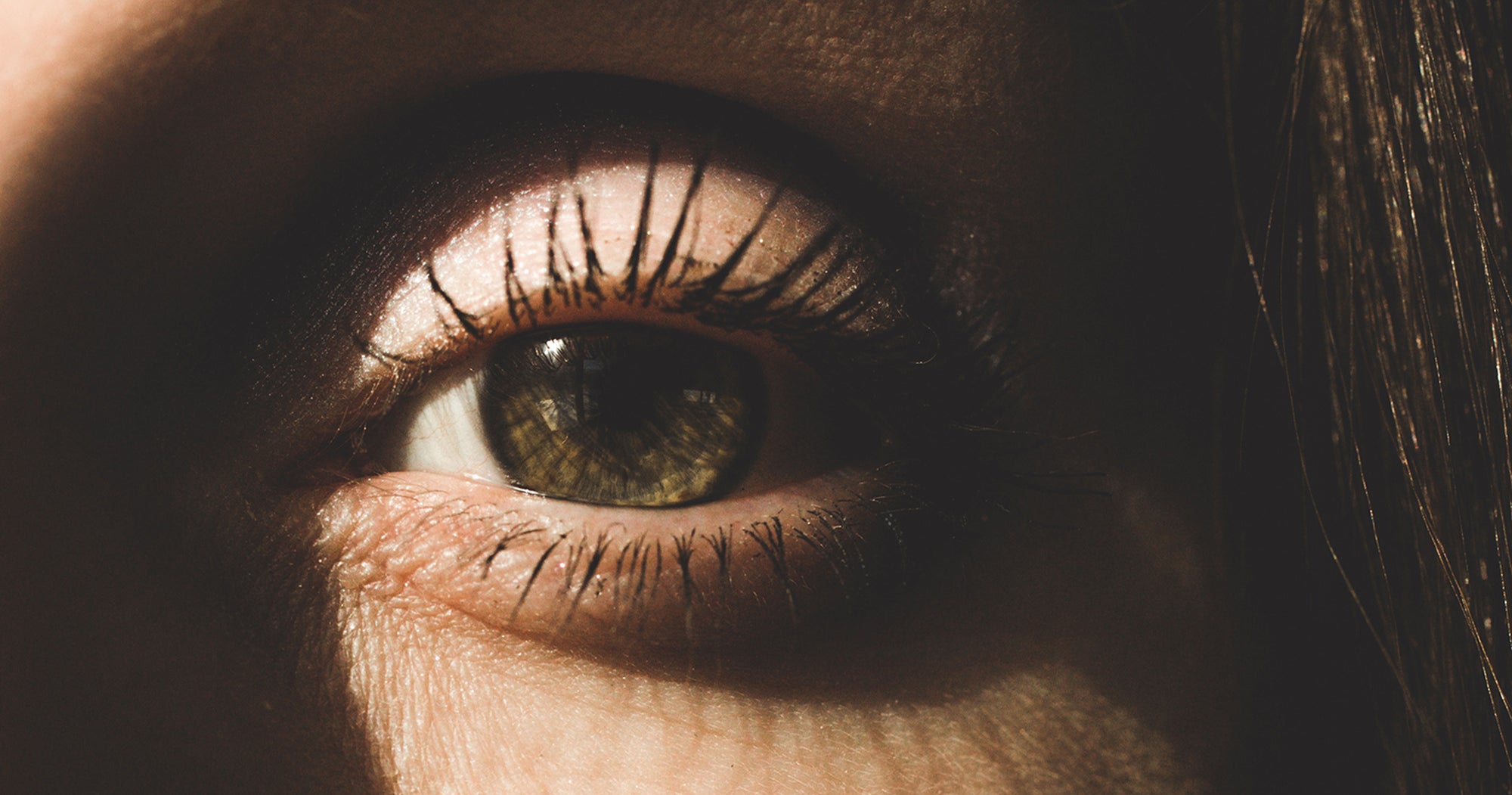
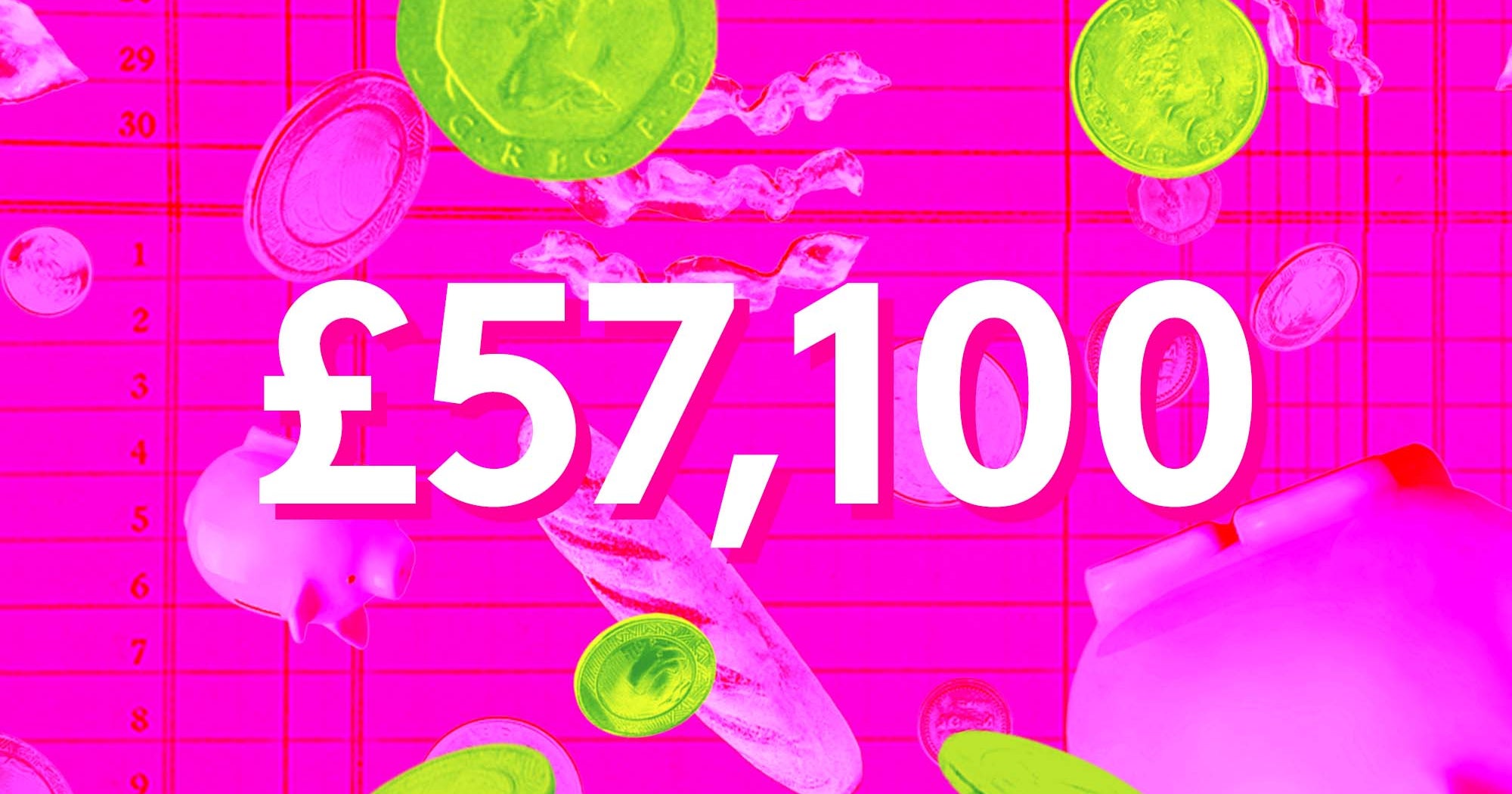







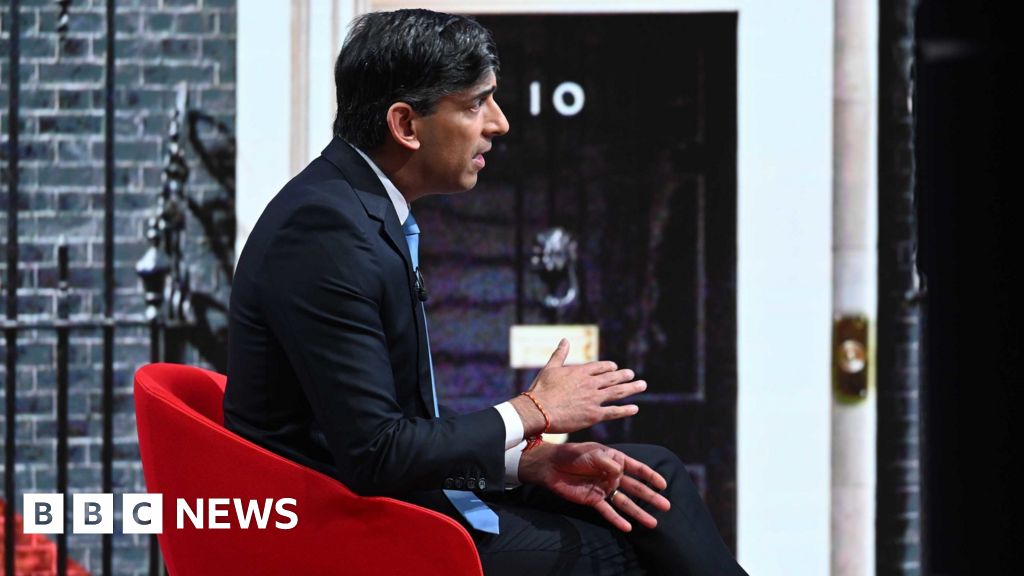






/cdn.vox-cdn.com/uploads/chorus_asset/file/25512791/Screenshot_2024_06_30_at_4.37.29_PM.png)



/cdn.vox-cdn.com/uploads/chorus_asset/file/24522989/H_Herrera_keyboard_buying_guide.jpg)
/cdn.vox-cdn.com/uploads/chorus_asset/file/25255195/246965_vision_pro_VPavic_0034.jpg)

